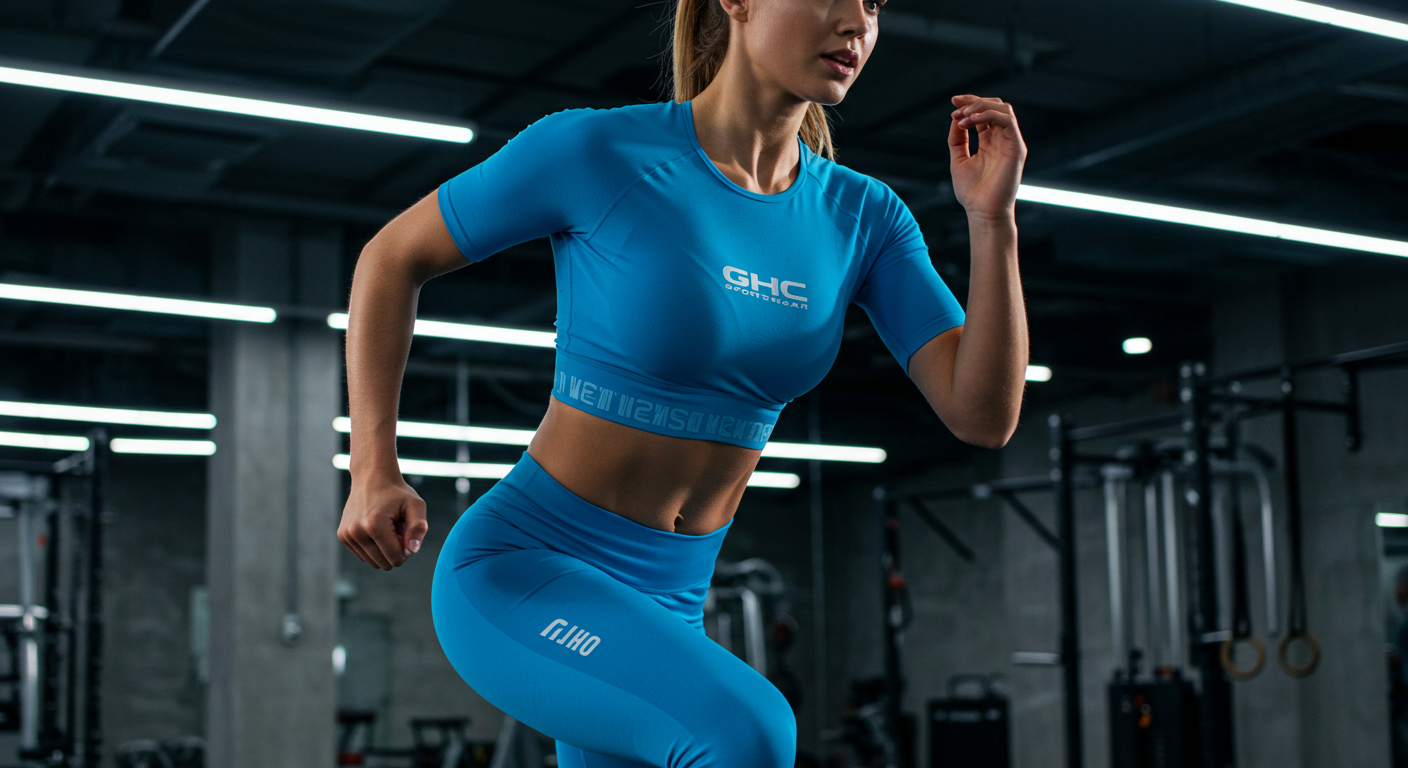
Compression clothing has become a popular choice among athletes of all levels. These garments, which fit snugly against the body, offer a range of benefits that can enhance performance, speed up recovery, and prevent injuries. In this article, we will explore the science behind compression garments and how they can improve athletic performance.
Understanding Compression Wear
Compression clothing includes items like shirts, shorts, socks, and sleeves that are designed to apply pressure to specific areas of the body. This pressure helps to support muscles and increase blood flow, leading to several performance-enhancing benefits.
The Science Behind Compression Garments
Improved Blood Circulation
One of the primary benefits of compression clothing is improved blood circulation. The tight fit of these garments helps to squeeze the blood vessels, which promotes better blood flow. This increased circulation ensures that oxygen and nutrients are delivered more efficiently to the muscles, enhancing their performance.
Reduced Muscle Fatigue
Compression garments can help reduce muscle fatigue by minimizing muscle oscillation. When you engage in physical activities, your muscles experience vibrations that can lead to fatigue and soreness. These garments help to stabilize the muscles, reducing the vibrations and consequently the fatigue.
Enhanced Recovery
After intense exercise, muscles need time to recover. Compression clothing can accelerate this process by increasing blood flow and reducing the accumulation of lactic acid. This means that athletes can recover faster and be ready for their next training session or competition.
Injury Prevention
Wearing compression clothing can also help in preventing injuries. The added support to muscles and joints reduces the risk of strains and sprains. Additionally, the increased blood flow helps to keep the muscles warm, further reducing the risk of injury.
Key Benefits of Compression Wear
Increased Endurance
By improving blood flow and reducing muscle fatigue, compression clothing can help athletes increase their endurance. This means that they can train harder and longer without experiencing the same level of fatigue.
Better Muscle Support
Compression garments provide extra support to muscles and joints, which can improve overall stability and coordination. This is particularly beneficial for activities that require a high level of balance and precision.
Temperature Regulation
Many compression garments are made from materials that help regulate body temperature. This can keep athletes cool during intense workouts and warm during cooler conditions, ensuring optimal performance regardless of the environment.
Enhanced Proprioception
Proprioception is the body’s ability to sense its position and movements. Compression clothing can enhance proprioception by providing sensory feedback from the skin, which helps athletes maintain better posture and alignment during physical activities.
Applications of Compression Clothing
Running
Runners often wear compression socks and shorts to improve blood flow to their legs, reduce muscle vibration, and enhance recovery. This can lead to better performance and reduced risk of injuries such as shin splints.
Cycling
Cyclists benefit from compression wear as it helps to improve blood circulation in the legs and reduce muscle fatigue during long rides. Compression shorts and jerseys are commonly used in cycling.
Weightlifting
In weightlifting, compression garments provide extra support to muscles and joints, which can improve stability and reduce the risk of injuries. Compression sleeves and tights are popular among weightlifters.
Team Sports
Athletes in team sports like football, basketball, and soccer use compression clothing to enhance performance and reduce the risk of injuries. These garments provide muscle support, improve endurance, and help in faster recovery between games.
Choosing the Right Compression Gear
When selecting compression clothing, it is important to consider the fit, material, and intended use. Here are some tips to help you choose the right garments:
Fit
Compression clothing should fit snugly but not be too tight. The goal is to apply pressure without restricting movement or causing discomfort. Make sure to choose the right size based on the manufacturer’s sizing chart.
Material
Look for high-quality materials that offer moisture-wicking properties and breathability. This will help keep you comfortable during your workouts. Common materials used in compression garments include nylon, spandex, and polyester.
Intended Use
Different activities may require different types of compression clothing. For example, runners may benefit more from compression socks, while weightlifters might prefer compression sleeves or tights. Consider your specific needs when choosing compression garments.
The Future of Compression Wear
As technology continues to advance, the future of compression clothing looks promising. Innovations such as smart textiles that monitor muscle activity and provide real-time feedback are already in development. These advancements could further enhance the benefits of compression garments, making them an even more valuable tool for athletes.
Smart Compression Wear
Smart compression clothing incorporates sensors and advanced fabrics to provide feedback on muscle activity, heart rate, and other vital signs. This real-time data can help athletes optimize their training and recovery processes, ensuring they get the most out of their workouts.
Sustainable Materials
With increasing awareness of environmental issues, the use of sustainable materials in compression clothing is on the rise. Brands are developing eco-friendly fabrics that offer the same benefits as traditional materials but with a lower environmental impact.
Personalized Compression
Advancements in manufacturing techniques are making it possible to create custom-fitted compression garments. These personalized pieces can offer even greater support and comfort, tailored specifically to an individual’s body shape and activity needs.
Conclusion
Compression clothing offers a range of benefits that can improve athletic performance, enhance recovery, and prevent injuries. By improving blood circulation, reducing muscle fatigue, and providing better muscle support, these garments have become a valuable tool for athletes of all levels. Whether you are a runner, cyclist, weightlifter, or team sport athlete, incorporating compression wear into your training and competition routine can help you achieve better results and stay injury-free.
Explore the wide range of compression clothing options available at GHC Sportswear to find the perfect gear for your athletic needs.
